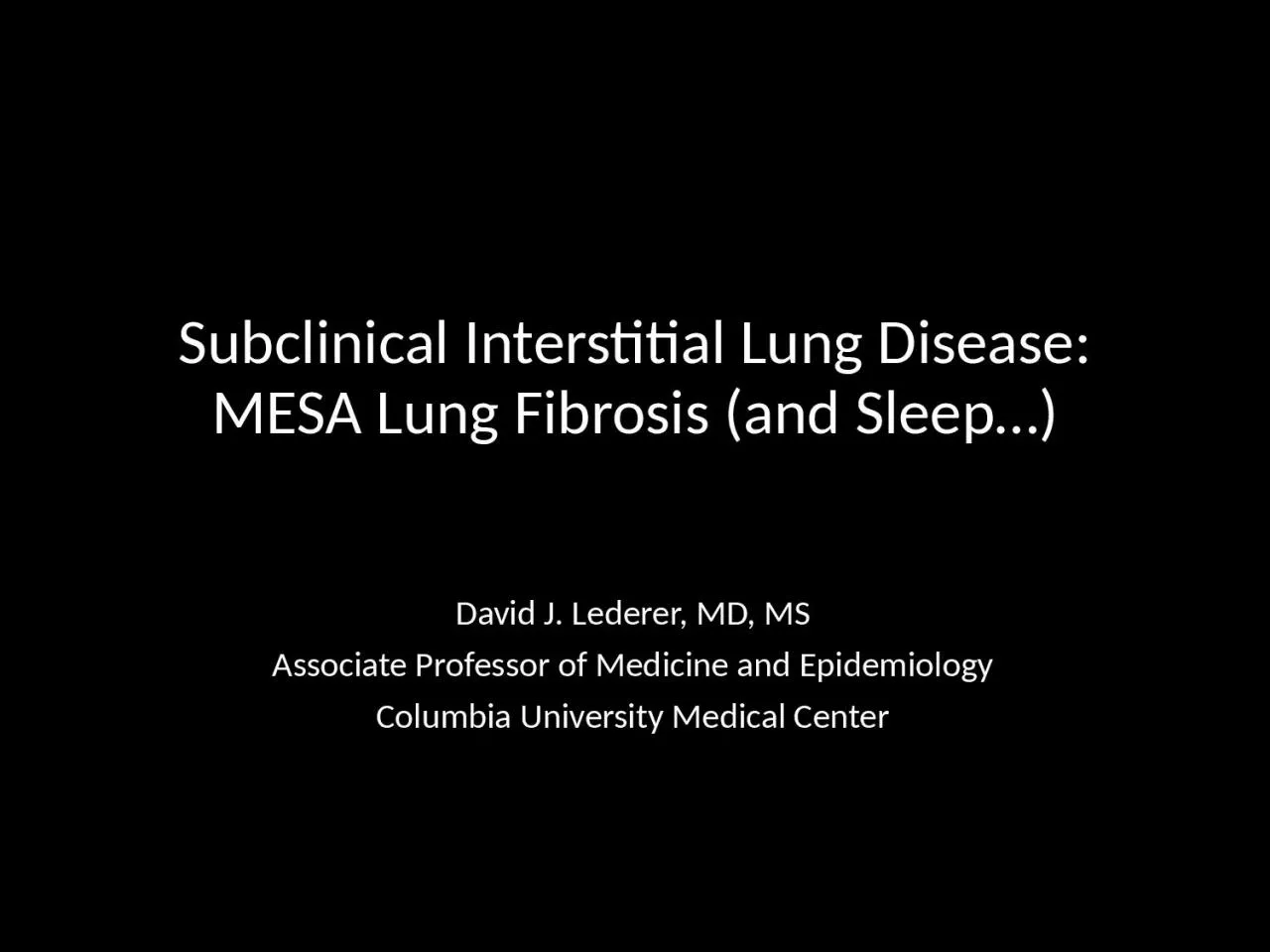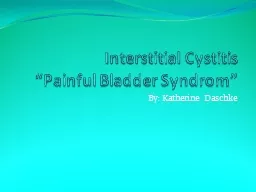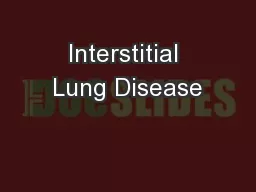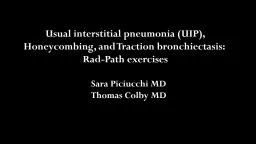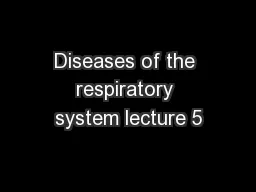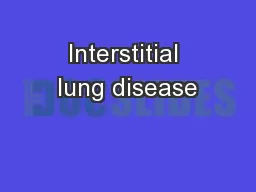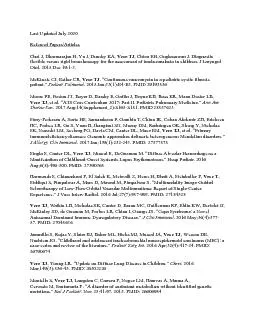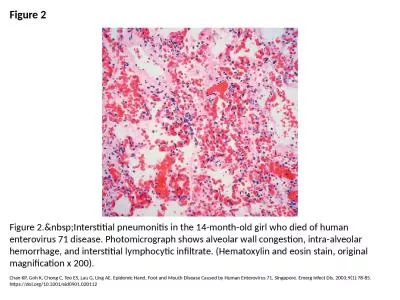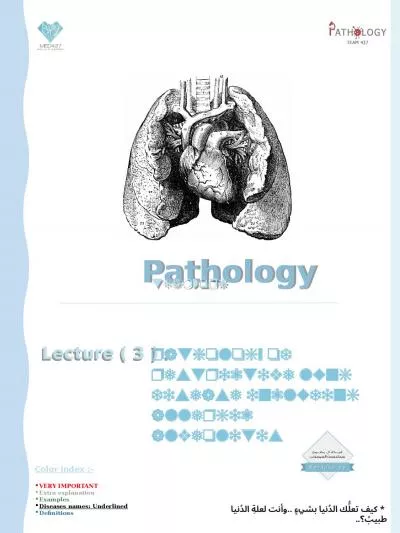PPT-Subclinical Interstitial Lung Disease:
Author : elise | Published Date : 2022-07-15
MESA Lung Fibrosis and Sleep David J Lederer MD MS Associate Professor of Medicine and Epidemiology Columbia University Medical Center Disclosures Steering CommitteeConsultant
Presentation Embed Code
Download Presentation
Download Presentation The PPT/PDF document "Subclinical Interstitial Lung Disease:" is the property of its rightful owner. Permission is granted to download and print the materials on this website for personal, non-commercial use only, and to display it on your personal computer provided you do not modify the materials and that you retain all copyright notices contained in the materials. By downloading content from our website, you accept the terms of this agreement.
Subclinical Interstitial Lung Disease:: Transcript
Download Rules Of Document
"Subclinical Interstitial Lung Disease:"The content belongs to its owner. You may download and print it for personal use, without modification, and keep all copyright notices. By downloading, you agree to these terms.
Related Documents

